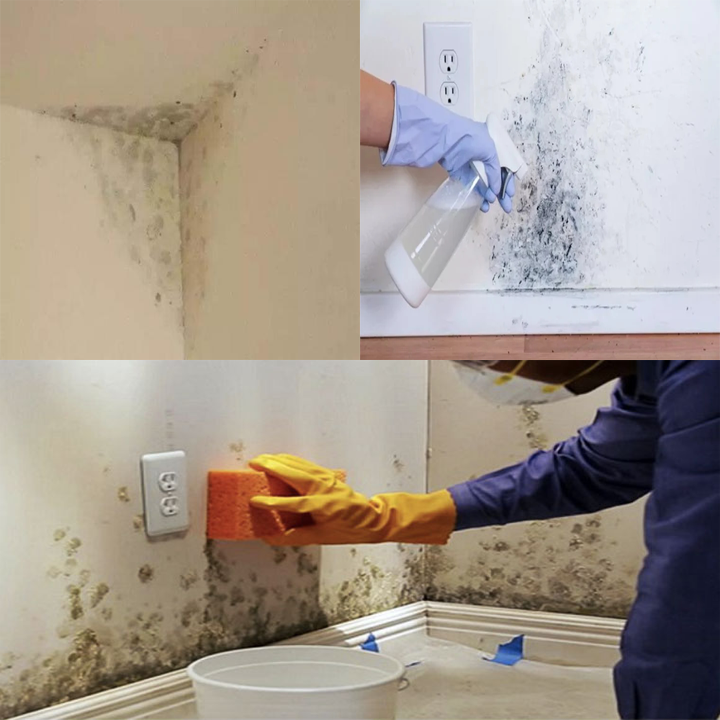Mold on walls is more than just an eyesore. It poses health risks and can compromise the air quality in your home. If you’re looking for an effective way to remove mold and maintain a healthy living environment, follow these expert tips:

Table of Contents
- Understand the Cause
- Gather Your Protective Gear
- Use Natural Cleaners
- Apply the Cleaning Solution
- Dry and Ventilate
- Consider a Dehumidifier
- Perform Regular Inspections
- Address Structural Issues
- Conclusion
1. Understand the Cause
Before tackling the mold, identify and fix the root problem. Common culprits include:
- Leaky pipes or ceilings
- High humidity levels
- Poor ventilation
Addressing these underlying issues ensures the mold won’t return after cleaning.
2. Gather Your Protective Gear
Mold spores can be harmful when inhaled or touched. Protect yourself with:
- Gloves
- Face masks
- Protective goggles
This safety gear prevents exposure to harmful mold particles during cleanup.
3. Use Natural Cleaners
Chemical cleaners can be harsh and potentially harmful. Instead, opt for natural and effective solutions:
- Vinegar Solution: Mix equal parts white vinegar and water.
- Baking Soda Solution: Combine one tablespoon of baking soda with a spray bottle of water.
Both are powerful mold removers that are safe for the environment and your family.
4. Apply the Cleaning Solution
- Spray the affected areas with your chosen solution.
- Let it sit for 10–15 minutes to loosen the mold.
- Scrub gently using a sponge or a soft-bristled brush.
For stubborn stains, repeat the process until the area is clean.
5. Dry and Ventilate
After cleaning, ensure the walls are completely dry. Use fans, open windows, or a heater to accelerate the drying process. Proper ventilation reduces moisture buildup, a key factor in mold growth.
6. Consider a Dehumidifier
If your home is prone to humidity, a dehumidifier can be a game changer. It helps maintain optimal indoor humidity levels (below 50%), preventing mold from thriving.
7. Perform Regular Inspections
Inspect your home periodically for signs of mold, especially in:
- Bathrooms
- Kitchens
- Basements
- Attics
Early detection allows you to address the issue before it spreads.
8. Address Structural Issues
If mold persists despite cleaning, it could be due to structural problems like:
- Cracks in walls
- Persistent leaks
- Poor insulation
In these cases, consult a professional to make necessary repairs and prevent further mold growth.
Conclusion
Mold doesn’t have to be a permanent problem. By understanding its causes, using natural cleaning methods, and taking preventive measures, you can eliminate mold from your walls and keep your home safe and healthy.
Pro Tip: Regular maintenance and early intervention are key to avoiding mold-related issues in the future.



